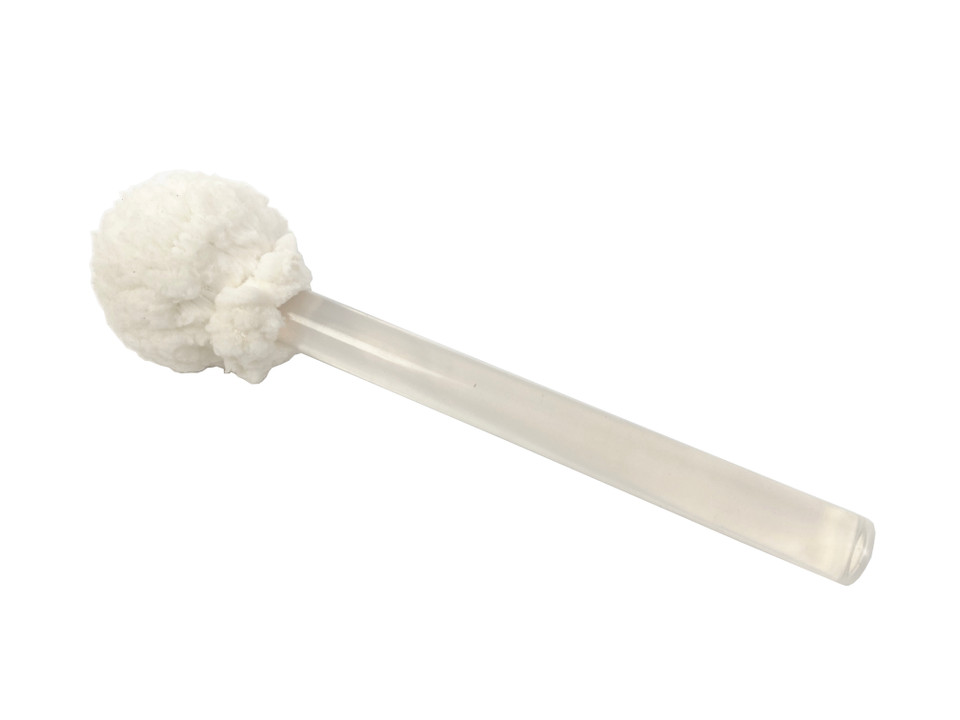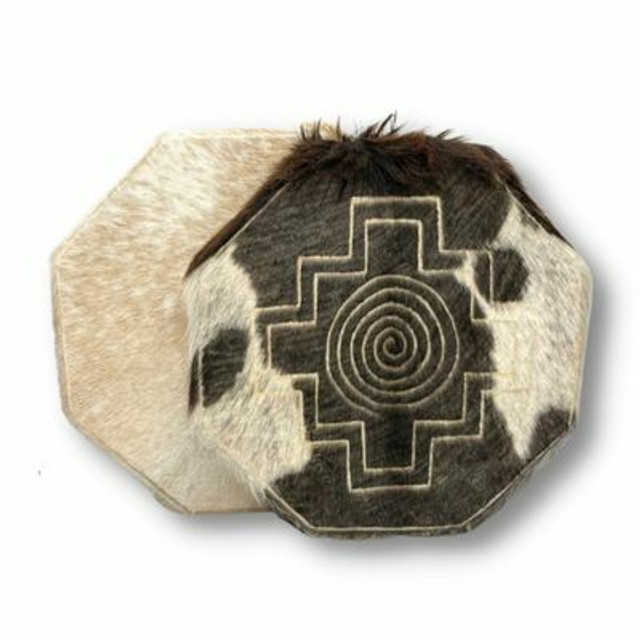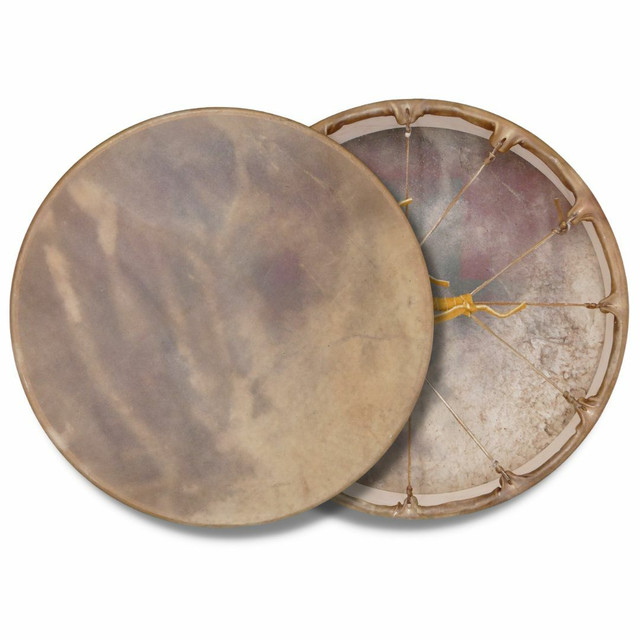All audio packages come with 1 hour of consultation to help you understand how to set up and use your equipment. Please contact us after purchase to set this up.
Contact Us To Consult
We speak to professional sound healers from all over the world about their instruments and their audio equipment needs. We have been amplifying our sound and using audio equipment for decades. Give us a call. We can consult with you about your instruments, and getting you the right equipment to do your good work.
Why amplify sound with professional audio equipment for sound baths?
In our practices, we have been using amplified sound for several decades, and found it extremely effective, for two primary reasons:
1) It carries the sound directly into both the practitioner and the audience's ears. It is as if one is literally, sitting next to the bowls, gongs, drum, voice, didgeridoo, tuning forks, etc. In a large space or outdoors, this can be critically important.
2) This amplifies the effect, and the efficacy of one's sound practice, by having the 'information' of the sound directly in one's ears, and cascading more directly through one's body. This deepens the response of one's body and mind to the effectiveness of the sound practice.
The sound does not have to be amplified 'loudly.' But the amplified sound will carry every sound, rich overtone, and harmonics more directly to the clients and program participants; they will be able to rest in the sounds more fully, and be 'informed' by the sound to go deeper into the meditations or therapeutic practices you offer.
I find I am greatly impacted by amplified sound, as the practitioner. It allows me to go into a deeper, richer experience, and relationship with my instruments and voice, and the tones produced. It creates a 'biofeedback loop', in which I directly experience every nuance of sound, and interact with each sounds nuanced production in a more and more refined, and knowing way.
Think of the tremendous subtleties of the multi-harmonics of a Himalayan bowl, gong, or drum, as well as the rich, clear vibrational stimulation of a crystal bowl. At a distance, the full spectrum of sound simply cannot be heard, or experienced. Through amplification, it becomes more nuanced, more refined, and produce greater and greater outcomes in your work, throughout one's space. Feedback from our students confirms this regularly.
In a large room, outdoors, or with large groups, I consider it close to necessary.
Zacciah B
What type of equipment do I need to amplify my sound for sound healing?
1) A powered speaker
Scroll down below to learn more about our individual speakers we offer.
When you think of a speaker, you may think about a small desktop speaker that connects a computer, or a small bluetooth speaker that connects to your phone. You are going to need something of higher quality than this for your sound bath. This is in order to get the best audio quality, and the appropriate volume. The best choice are larger 8" to 12" powered speakers. Larger powered speakers have the tonal quality, and volume, to really give you clients the feeling like the instruments are right next to them. A quality powered speaker automatically puts you in the range of $500 to $1500. It is a significant part of the cost for audio equipment, but worthwhile to give your participants the best experience.
Two speakers can give your clients a fuller experience of the sound, as it will be coming from multiple directions. Though, unless you are working in large venues, such as a church or auditorium, it is okay to just have one speaker.
Modern powered speakers have built in mixers on the back. This lets you plug in 2-3 microphones, and control the audio quality from the back of the mixer. You will not need to buy a separate mixing board in order to amplify your sound. You will only need a mixing board if you are using more microphones than can be plugged into the back of the speaker.
Free with a purchase of one of our packages come a free consultation for setting up the speaker, and understanding how to set up the gain and volume for better audio quality.
2) Instrument microphones aka. small condenser microphones
Small condenser microphones, sometimes call instrument mics, are small pencil microphones that are very sensitive. They pick up the fine details of an instrument's sound. Consider the multi-tonal vibrations of a metal singing bowl or a gong. We need microphones that will be of good enough quality to pick up the subtleties of these instruments. This is where small condenser microphones come in. We sell two types of condenser microphones - SE7 and SE8. The SE7 microphone is less expensive, and is amazing for mid range instruments such as crystal singing bowls, chimes, rattles or flutes. When you are wanting to broadcast an instrument that has a good depth to it, such as a metal singing bowl, gong, or even a drum, the SE8 is the better choice. It is more expensive, but it will also do a better job of getting the range and depth of tone in our deep instruments.
3) A wireless or wired voice microphones
Voice microphones allow you to have consistent voice quality over the sound of your instruments. They make sure you instruments don't drown out your voice, and also your voice doesn't drown out the sound of your instruments. They allow all participants to hear you clearly and consistently. A wired voice microphone, also called a dynamic voice microphone, is connected to a microphone stand. These work well if you don't have to move around a lot while you play your instruments. You need to speak directly into these microphones to be heard. If you are constantly leaning back and forth, or moving your body, you'll need a wireless headset instead of a wired voice microphone. The wireless headset will allow the microphone to move with you, and won't compromise your voice quality. Most sound healing participants need, and choose, a wireless voice microphone if they are needing a voice microphone for their work.
If you do not speak or sing while playing your instruments, you may not need to consider a voice microphone at all. For example, if you just need to speak at the beginning and end, you can also just speak into the instrument microphone for this, which will pick up your voice quality beautifully.
4) Stands and cables
- Speaker Stand - Speaker stands are optional but helpful. Speakers stands are there to broadcast the sound at a level that all participants will be able to hear. For example, if you have many rows of people in seats, and have the speakers on the floor, the first row of people will block the sound from the speakers for the people behind them. In this situation, having the speaker higher up allows the sound to move over everyone, and everyone can hear. In general it is best to have the speaker up a little bit, whether that means just putting it on a chair, or a stool, or a full speaker stand. However, if you are working in a sound bath setting, with everyone lying down in a circle in front of you, it becomes less important to have the speaker off the ground. Just having the speaker will benefit the environment.
- Microphone Stand - Microphone stands are necessary. Each microphone goes into a stand, where it can be stable, and pointed directly at whatever instrument you are wanting to amplify. You will need one for each microphone you have.
- XLR Cables - XLR cables are a special type of audio cable that connect between the microphones and the speaker. You will need one for each microphone you have.
Will my audio equipment work anywhere?
No. The issue is feedback. If the sound comes out of the speaker, and goes back into the microphone, it will create an infinite loop. This will cause a really bad sound to come out of the speaker. In general, the speaker needs to be facing the opposite direction of the microphones in order for this to not happen. However, if the size of the room is too small, the sound will bounce off the walls, and come back into the microphone no matter what. If you are working in a room that is less than 400 square feet for example (20'x20') you may have issues amplifying your sound. You may find you can't get the sound loud enough out of your speaker, without having feedback issues.
With this equipment, you may also need to set up your instruments differently. As stated, the speaker needs to be facing the opposite direction of the microphones. This can make sound bath set ups where you are in the center of the space difficult. If you only have one speaker, and that speaker need to be faced away from your microphones, you'll need to set up against a wall, and send the sound away from you so you don't get feedback. You'll then want your participants set up in the direction you are sending the sound. If you have more than one speaker, you'll have more flexibility for where you are sending the sound, though the rule of sending the sound away from the microphones will still apply.
Understanding our speaker options
We offer several amplified speaker systems. Here are current offerings and some differences in them. Each of these are powered with adjustable volume and/or other controls. They all have excellent sound for their size and cost. Many people purchase only one speaker to save costs, and this will work fine, especially for those on a budget. I personally prefer to use two speakers, to provide full stereo effect for my listeners. Any of these speaker options have the power to fill almost any room.
1) Mackie Thump 212 - $399.99
This is our least expensive speaker. It is the largest (12" diameter) that gives full power to almost any room size, though as noted, any of these will fill most spaces you are likely to use them in. It has a basic mixer, with a gain knob for each microphone and a master volume knob. It is best used with one of our mixers, or an amplifier that will give you the best control of the quality of sound.
2) JBL Eon One Compact (this is the rechargeable speaker) - $599
This is a totally self-contained unit. It is battery operated and rechargeable with up to 10 hours of use, allowing you to take it anywhere. We often have folks who want to know how to make their sound more audible for groups outdoors, at the beach, in the woods, or other places where a speaker needing external power is not possible. This is it.
We offer options to include a back pack designed specifically to carry it, with 2 mics, cables and special stands.
It has a full mixer on the back, so you can get detailed sound from the three microphones inputs.
It is also light weight, making it the easiest option to transport.
3) JBL 208P
This is a self-contained stereo speaker unit, with two speakers and full mixer.
It does need an external power source (any standard 110/120v outlet.)
It has ease of control of up to four microphone inputs. The speakers have excellent sound.
It folds up into a single unit for travel. It is reasonably light weight, easy to carry to your events. It's ease of use and versatility make this one of my favorites. Get this with two speaker stands, and you will have excellent stereo audio for your participants.

























